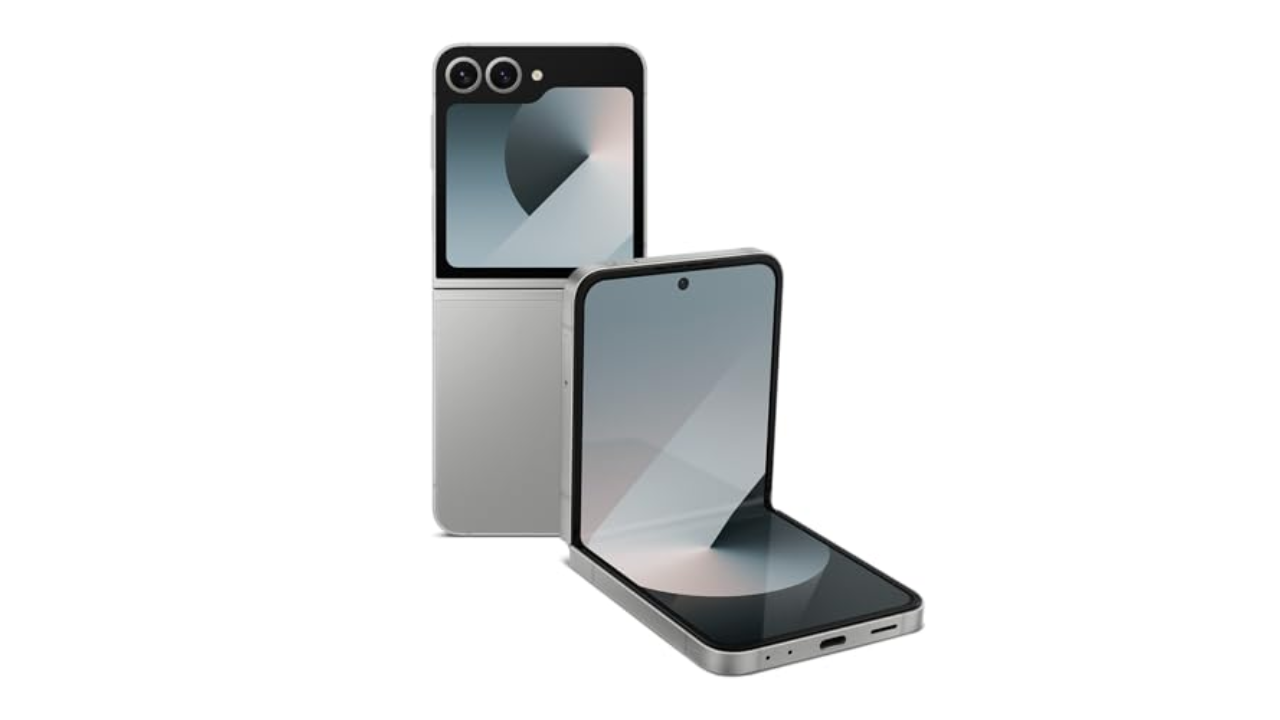
Buy now, pay later (BNPL) functions more like short-term credit for the financially fragile, but closer to zero-interest loans for the well-off, according to a New York Fed report released Wednesday. But the companies that provide these loans insist that regardless of how it’s used, BNPL is a safer alternative to buying something with a credit card.
As BNPL plans have taken off in the past few years, they’ve created a whole new way to buy stuff online—especially for Gen Z, who have been the most enthusiastic adopters of the popular payment option. But BNPL’s ease of use has generated fears about overspending and “loan stacking” that can leave users on the hook for big late fees and interest payments if they lose track of their outstanding BNPL plans.
The new Fed report finds that people with bad credit are using BNPL like credit cards, the thing they were supposed to replace, behavior could invite more regulatory scrutiny in a sector that the CFPB’s already watching closely. But BNPL providers insist that’s not the case, and they’re so confident in their product that they actually welcome more regulation.
The Fed report sorted surveyed BNPL users into two groups—those who are “financially fragile,” with credit scores below 620, and those in a strong financial position. Their data showed that for the latter group, BNPL functions more like interest-free loans, and users with good credit are more likely to use BNPL installment plans sparingly, especially for big purchases over $2,000.
But for users on rockier financial footing, BNPL functions a lot like the credit cards it’s competing with, according to the report. These users tend to rely on BNPL far more often, and more so for smaller, daily purchases outside of their budget. Fears about this type of abuse could have big implications for impending regulations in the BNPL space, such as stricter licensing and disclosure rules. But the providers themselves say they aren’t worried and actually see more regulations as a positive, says Matt Gross, senior director of communications at BNPL provider Affirm.
“We think it’s beneficial to have consistent standards,” Gross says. “And for consumers to know that when [one of our BNPL loans] says 0% APR, it really means 0% APR—no gimmicks, no late fees, no junk charges.”
BNPL’s pandemic-era awakening
The BNPL industry boomed during the pandemic-fueled online shopping boom as customers looked for alternatives to their credit cards. Originally conceived as alternatives to traditional credit, BNPL providers offer users the option to split a purchase into smaller installments that can be paid off over time, ranging from a few weeks to multiple years. Some providers, such as Affirm, make their money on sales commissions and partnership deals with sellers, while others, such as Klarna and Afterpay, also charge late fees or interest if users fail to make their payments on time.
From the get-go, BNPL came under heavy scrutiny. Critics argue that BNPL loans can make products appear to be cheaper than they really are and entice consumers to spend more than they’re able to pay off. Regulators say that BNPL loans should fall under the Truth In Lending Act, a consumer protection law that already governs credit cards and other short-term loans, and that there should be a better system in place to integrate BNPL with existing credit reporting infrastructure.
New research about how consumers are using BNPL suggests that critics could have a point. The Wednesday New York Fed report shows that for BNPL users who already have low credit scores, BNPL functions a lot like a credit card. That type of comparison has the potential to ring alarm bells for spectators: credit card debt has ballooned recently, and credit card delinquency rates have spiked to 8.5% of balances in the past two years.
“[BNPL] use among the financially fragile appears to be more akin to a credit card, as shoppers use the service to make medium-size, out-of-budget purchases frequently,” according to the report.
But BNPL providers themselves argue that BNPL is a completely different product—one that’s far safer than a credit card, and that has the customer’s best interests in mind. Credit card companies earn money from interest when customers carry a balance, but most BNPL providers charge fees far below standard credit card APRs. And some BNPL companies—like Affirm—don’t charge any interest or late fees at all, meaning it’s in their interest for customers to pay on time, in full. By their logic, the BNPL business model means it profits when the consumer saves money—unlike the credit card industry, which generates revenue off of users’ debt.
“I look at credit cards as the fossil fuels of payments,” said Gross. “If you listen to some of these other bank CEOs on calls, and they’re talking about [delinquency] trends and late payments, it’s almost like [they’re] bullish on it—it’s a good thing for them. Whereas with us, we really need to control credit and drive positive outcomes. Otherwise, we lose.”
Industry data shows that overall, BNPL providers have much lower delinquency rates than credit card companies. An Afterpay representative told Fortune that 97% of its customers who shopped during Black Friday weekend paid back their purchases early or on time, and 98% of all of its purchases incurred no late fees. A Klarna spokesperson told Fortune that 99% of its loans are repaid.
The relative safety of BNPL will continue to be a hotly debated topic as regulators determine how to deal with the growing industry, and as BNPL products become more popular. New York Governor Kathy Hochul put forth a first-of-its-kind state-level BNPL regulation proposal last month, which would set up a licensing program and cap fees and also require companies to set up more rigorous programs to evaluate users’ ability to repay loans.
The industry has expanded rapidly since the pandemic, but it still has more room to grow—8 in 10 American households didn’t use BNPL last, per the New York Fed report, and BNPL purchases still make up less than 1% of all American consumer spending. An Oxford Economics report published in partnership with Afterpay predicted that the industry would grow by 18% annually through 2027, to a payment value of $125 billion.
“A lot of people have woken up to the fact that there’s a better way to have access to credit,” Gross says. “[For BNPL,] there’s no compound interest: you know exactly what you’re going to pay up front. It helps you manage your budget and your cash flows in a more responsible, healthier way.”
Credit: Source link















